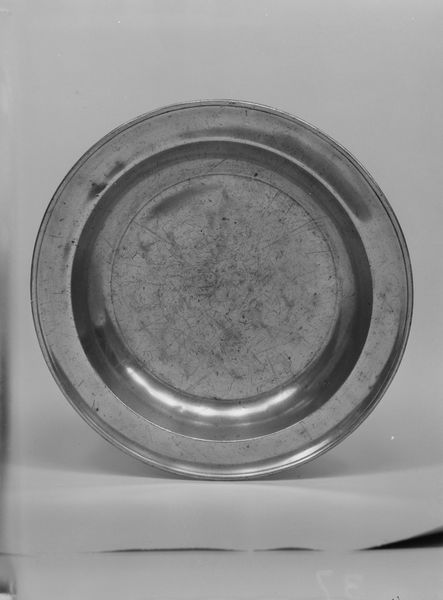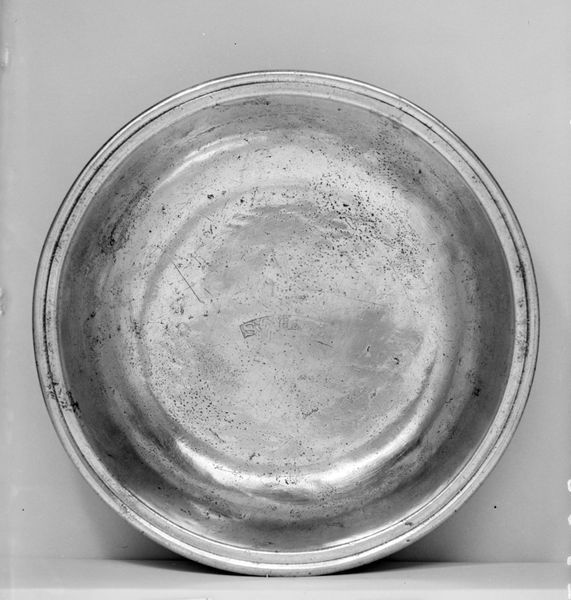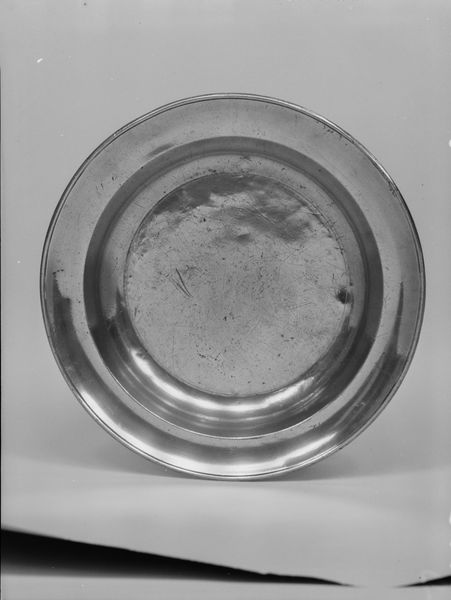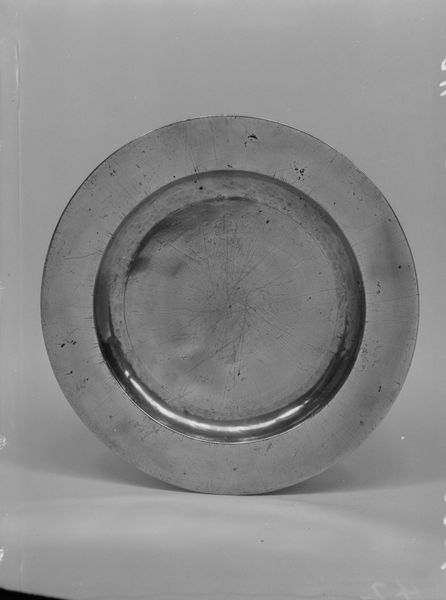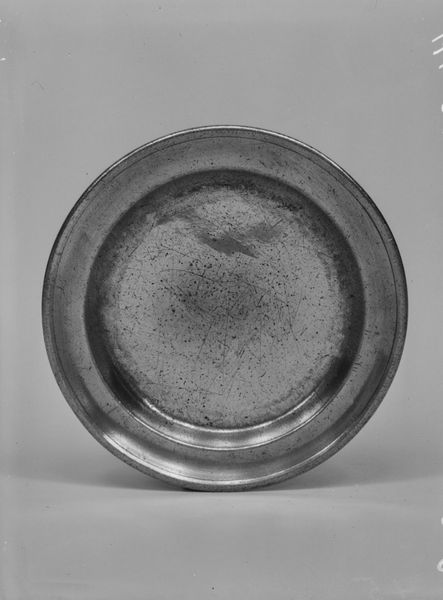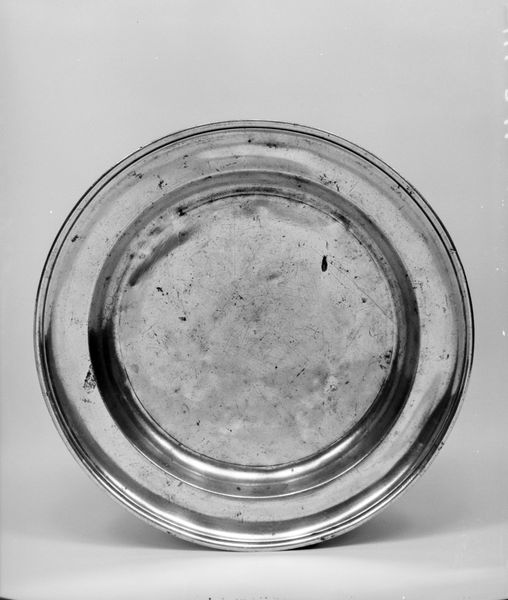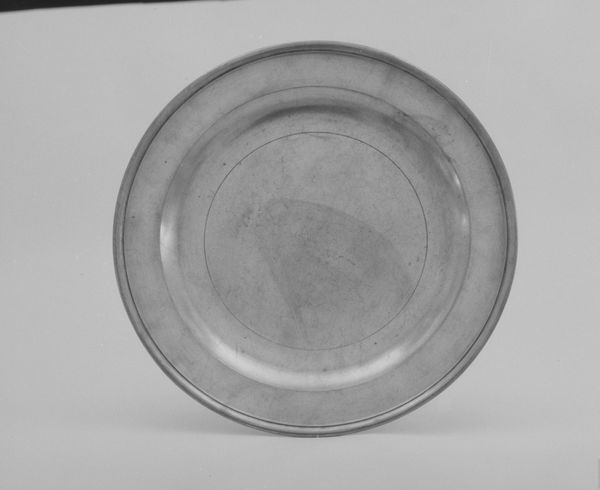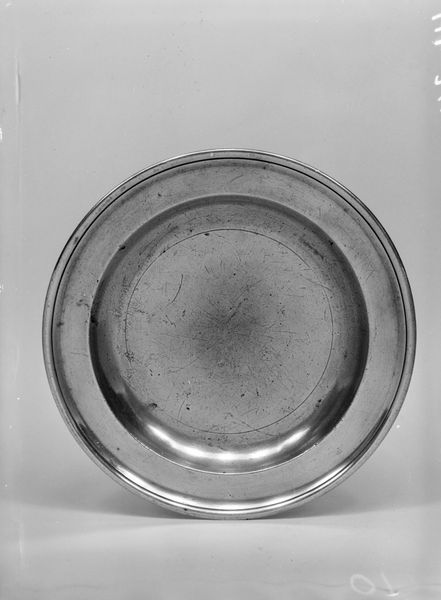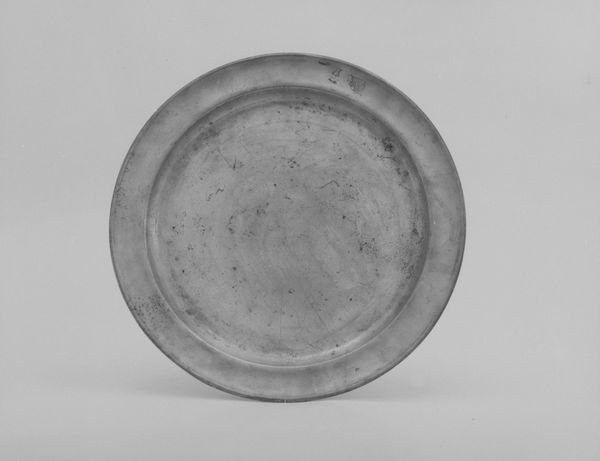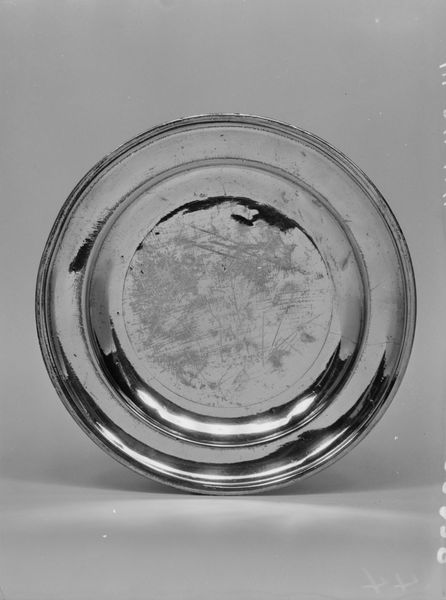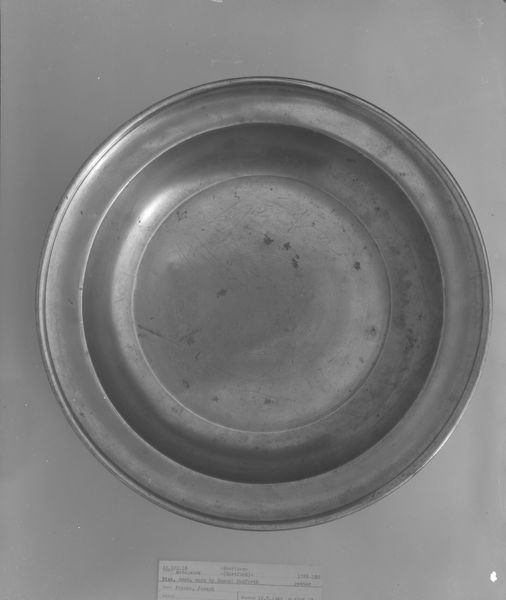
ceramic
#
neoclacissism
#
ceramic
#
stoneware
Dimensions: H. 2 5/8 in. (6.7 cm); Diam. 11 5/8 in. (29.5 cm)
Copyright: Public Domain
Editor: This is a "Basin" made between 1803 and 1815. It is a stoneware piece currently housed at the Met. The simplicity of the design makes me curious. What stands out to you when you observe this utilitarian artwork? Curator: What strikes me is the resonance of ritual inherent in even the most common of objects. A basin, seemingly so simple, throughout history holds significance. It is linked to cleansing, purification, communal sharing… Think of baptism, or even the simple act of washing hands before a meal, deeply connected to societal notions of hygiene and civility. Does that symbol reside here, still? Editor: That is fascinating! I was just thinking of it as a plain old bowl, but the symbolism you mentioned brings depth to its significance. Can you say more about it? Curator: Look closer at its material. Stoneware, a humble yet durable medium. Notice the faint circular markings from the potter's wheel. Even the maker leaves a mark on the design. What do these marks remind you of? What emotions are evoked? Editor: Perhaps, I suppose it speaks of the constant use of pottery throughout our past. A tool used throughout different historical eras. Thanks so much! This bowl has more character now, thanks to the past you brought forth. Curator: And character informed by its function, yes? To consider the object in a variety of contexts reveals cultural continuity, something to keep in mind for our next piece too.
Comments
No comments
Be the first to comment and join the conversation on the ultimate creative platform.
